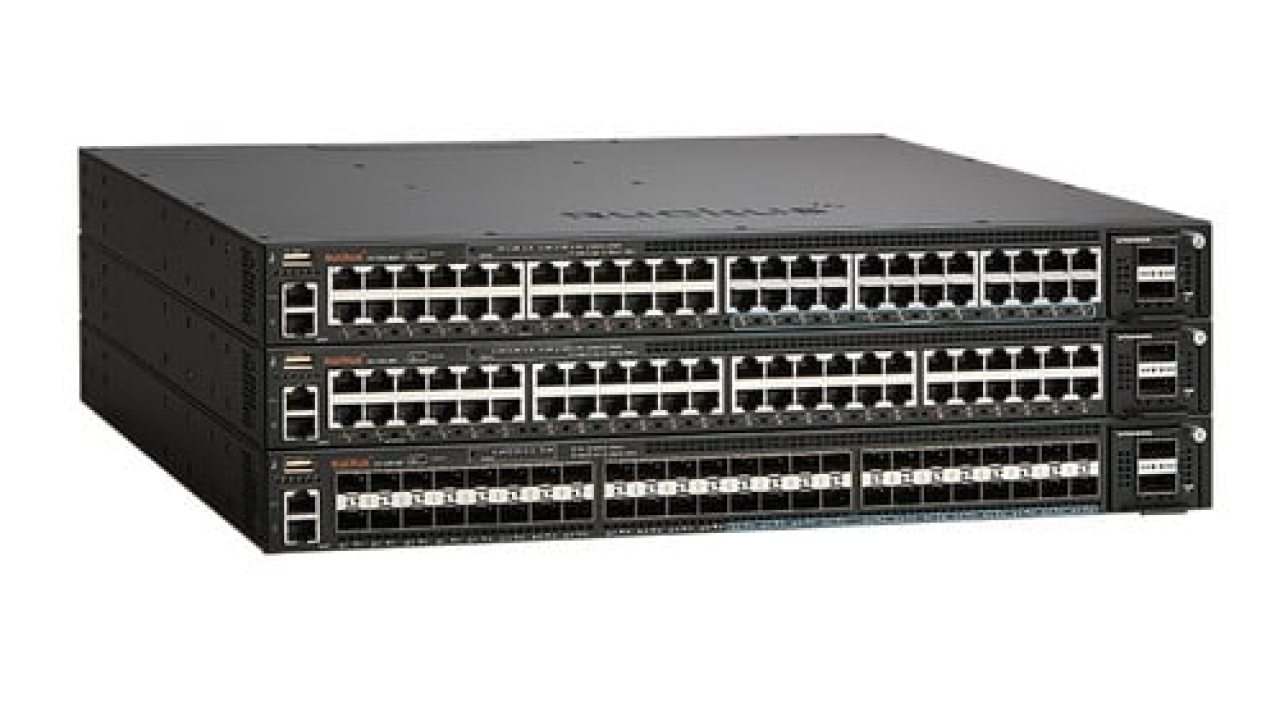New blog posts
Warum GoodWe in Leipzig die Vorreiterrolle für erneuerbare Energien einnimmt
14 September, 2024 by Evionyx Solar
Die Zukunft der Energiegewinnung ist grün,...

Find Old Tractors at Affordable Rates to Enhance Your Farm’s Productivity
13 September, 2024 by tractor factory
Are you a farmer looking to boost your...

Find Old Tractors at Affordable Rates to Enhance Your Farm’s Productivity
13 September, 2024 by tractor factory
Are you a farmer looking to boost your...
Web Directory
Core Switches: The Backbone of Your Network
Posted on 24 May, 2024 by RUCKUS Networks

Imagine a large company with hundreds or even thousands of devices all connected to a single network. This network carries a massive amount of data traffic, from emails and web browsing to video conferencing and complex file transfers. At the heart of this bustling network lies the core switch, the unsung hero responsible for ensuring smooth and efficient data flow.
The Core of the Network
Core switches a standard switch you might find in a small office, a core switch operates at the core layer of a hierarchical network structure. Think of it as the central highway of your network, carrying high-volume traffic between different departments, buildings, or even cities. Core switches are built for speed, boasting high bandwidth capacities and advanced features to handle massive data loads with minimal latency (delay).
Key Features of a Core Switch
High Performance: Core switches are designed for blazing-fast data transfer rates, often measured in hundreds of gigabits per second (Gbps) or even terabits per second (Tbps). This ensures smooth operation even during peak traffic periods.
Scalability: As networks grow, core switches can be easily scaled to accommodate additional devices and increased traffic. This often involves features like stacking, which allows combining multiple core switches into a single logical unit.
Reliability: Core switches are mission-critical components. They are built with redundant power supplies and cooling systems to minimize downtime in case of a hardware failure. Additionally, features like hot-swapping enable replacing malfunctioning components without interrupting network operation.
Quality of Service (QoS): Core switches can prioritize critical data traffic, such as voice calls or video conferencing, ensuring they experience minimal delays or jitter. This is crucial for real-time applications that require a consistent and uninterrupted flow of data.
Security: Core switches offer advanced security features to protect your network from unauthorized access and malicious attacks. These features might include access control lists (ACLs), intrusion detection and prevention systems (IDS/IPS), and secure protocols for communication.
Where are Core Switches Used?
Core switches are typically found in large enterprise networks, data centers, and internet service provider (ISP) backbones. Anywhere with a high volume of data traffic and a need for reliable, high-speed connectivity will benefit from a core switch.
In essence, core switches are the workhorses of a network, silently ensuring that data flows smoothly and efficiently. Their importance is undeniable, keeping businesses and organizations connected and operational.
For more info. visit us:
wifi management for smart cities
https://latestsms.in/funny-good-morning-sms.htm
24 July, 2024
https://www.cargoes.com/rostering-system
23 November, 2022
https://www.cargoes.com/rostering-system
92485 Views
http://aptrondelhi.in/
26513 Views
http://ronghovn.com/
25 September, 2019